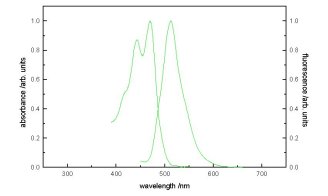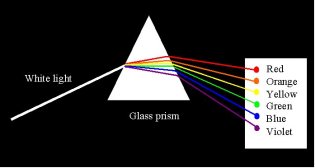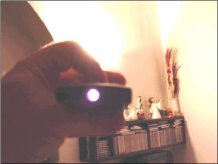|
The easiest spectroscopy is the optical one. If you see you believe! |
The human eye is rather blind, compared to the ear: it senses only one octave of frequencies (380-760 nm) compared to 8 octaves of the ear (50-20000 Hz). But it is well adapted to our Star emission spectrum.
|
|
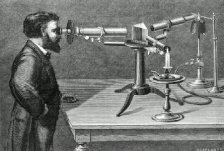
First systematic investigations of spectra were done by Bunsen and Kirchhoff between 1855 and 1863. |

By optical observations, new elements, like rubidium, |
|
|
Spectrum of the Solar Radiation:
|

|
|
 
 |

That of hydrogen, is the simplest with only 4 lines in the visible range.
|
|
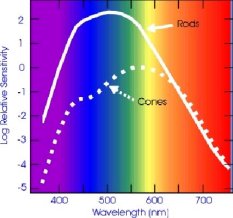 The human eye is adapted to the Solar |

The human eye posses two types of |
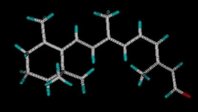 11-Cis Retinal is a molecule bent at 90o. The Joy of Visual Perception: A Web Book Peter K. Kaiser, York University |
|
Optical spectroscopy can be divided into: emission, absorption, and fluorescence. What is the “real colour” , is not a trivial question. |
||
 To see a spectrum, anything
is good: “chromatographic”
glasses, professional
To see a spectrum, anything
is good: “chromatographic”
glasses, professional  The spectrum of the 10-electron atom, neon, is already quite complicated.
The spectrum of the 10-electron atom, neon, is already quite complicated. 

